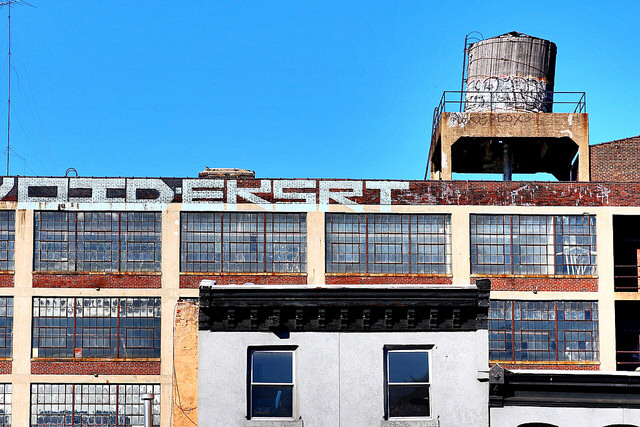
In a distressed African-American community, economic uncertainty abounds.
A few weeks ago the Alliance for American Manufacturing released “Unmade in America,” a review of studies of deindustrialization’s effect on African-American communities. It notes that persistent wealth gaps and high unemployment rates make it inordinately difficult for such communities to weather economic downturns. That lack of wealth is especially problematic when a community faces something like a mass layoff event.
In today’s New York Times is an article that speaks closely to the experience of black, working-class communities.
It profiles the volunteers and patrons of a food pantry in a black neighborhood just outside Philadelphia. And while it’s framed around the gaps between black voters and the rhetoric Republican presidential candidate Donald Trump has used to court them, the similarities between working-class African Americans and some Trump supporters remain. Its most interesting moments are found in the personal histories of its subjects.
Take, for example, the story of pantry volunteer Natalie Solomon, a former manager at a Ford-owned auto parts plant:
A daughter of a factory worker and a Philadelphia police officer, Ms. Solomon is a private woman, and not as financially secure as some of the people she now serves. She inherited her house from her mother, raised five children and lost two sons to violence. She was engaged once, but never married; in a quiet moment, she wondered if “maybe I should have, because I would have a husband to help me out.”
Still, during her 27 years at the Ford factory, later spun off as a subsidiary called Visteon, she “considered myself middle class.” Active in her union, she took trips to cities like Cincinnati, where she shook hands with Mr. Obama at the N.A.A.C.P. convention in 2008. She thought he might save the plant, but it closed in 2010. She does not blame him.
“I blame Ford,” she said.
That sounds similar to other people we know. And it also hews closely to the findings summarized in “Unmade in America” report.
Read the whole New York Times story here, and take a look at the “Unmade in America” report here.
